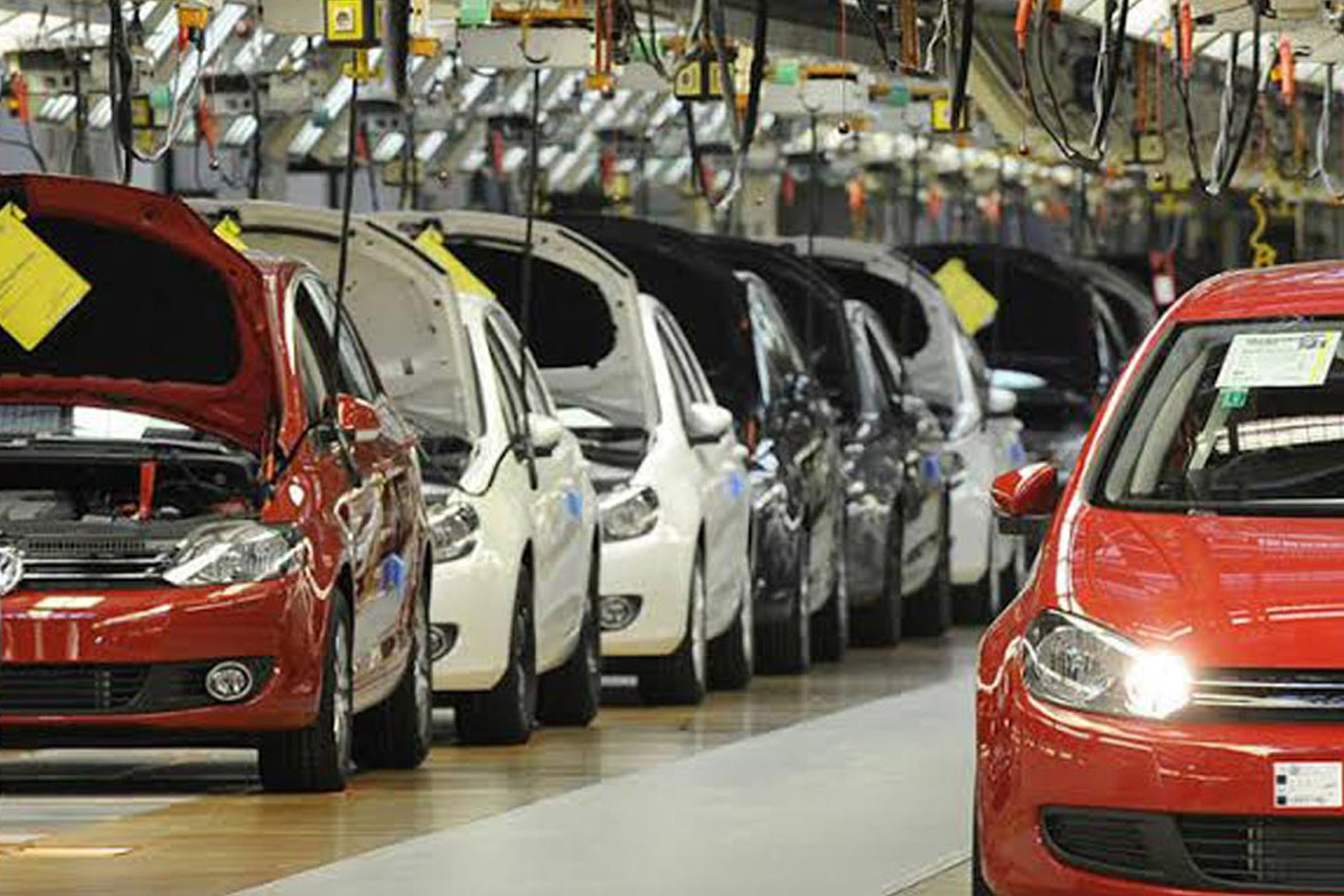
India’s auto component industry has the potential to achieve $100 billion in exports, as global original equipment manufacturers (OEMs) rethink their supply chains and manufacturing strategies, creating a significant opportunity for India to position itself as a leading global supplier, according to a report released on Tuesday.
The report highlights a major transformation in India’s auto component export landscape, which reached $21.2 billion in FY24, marking a remarkable shift from a $2.5 billion trade deficit in FY19 to a $300 million trade surplus in the latest fiscal year.
India’s Roadmap to Boost Auto Component Exports
According to the Automotive Component Manufacturers Association of India (ACMA) and Boston Consulting Group (BCG), India can add $40-60 billion in incremental exports by focusing on 11 key product families, particularly targeting the US and European markets.
Additionally, by leveraging its localisation capabilities in the electric vehicle (EV) and electronic value chain, India can further tap into an additional $15-20 billion in exports. This includes high-value EV components such as battery management systems, telematics units, instrument clusters, and ABS (Anti-lock Braking Systems).
Sustaining Growth and Achieving the $100 Billion Milestone
Shradha Suri Marwah, President of ACMA, emphasized that the industry has made significant progress in strengthening its trade balance, with auto-specific use cases alone contributing a surplus of approximately $0.5-1.5 billion.
“We are committed to sustaining this growth trajectory and have set an ambitious target of $100 billion in exports ahead,” Marwah said.
Currently, global OEMs account for 20-30% of India’s auto component exports, making them crucial players in the industry’s expansion plans.
India as a Manufacturing Hub for Global OEMs
Vikram Janakiraman, Managing Director and Senior Partner at BCG, pointed out that encouraging two to three global OEMs to set up manufacturing bases in India can serve as a catalyst for the domestic auto component industry.
By doing so, Indian component manufacturers can better integrate into global supply chains, gain a deeper understanding of international OEM requirements, and strengthen India’s competitive position in the global market.
India’s Competitive Edge Over Other Markets
- Germany: India’s auto components provide a cost-effective alternative to Eastern European suppliers, with prices that are up to 15% lower.
- United States: The US market is currently dominated by imports from Mexico and China. While Mexican components are 2-5% cheaper than Indian products due to lower logistics and tariff costs, Chinese components are 20-25% more expensive than Indian ones due to higher tariffs.
Call to Action for Indian Auto Component Manufacturers
Vinnie Mehta, Director General of ACMA, stressed that Indian manufacturers must act swiftly to maximize this growth opportunity.
“To fully capitalise on this opportunity, major Indian players must aim to expand their exports by 5-10 times and achieve deeper penetration into global supply chains,” Mehta said.
With shifting global trade dynamics and rising demand for cost-efficient, high-quality components, India is well-positioned to emerge as a leading global hub for auto component manufacturing and exports.












